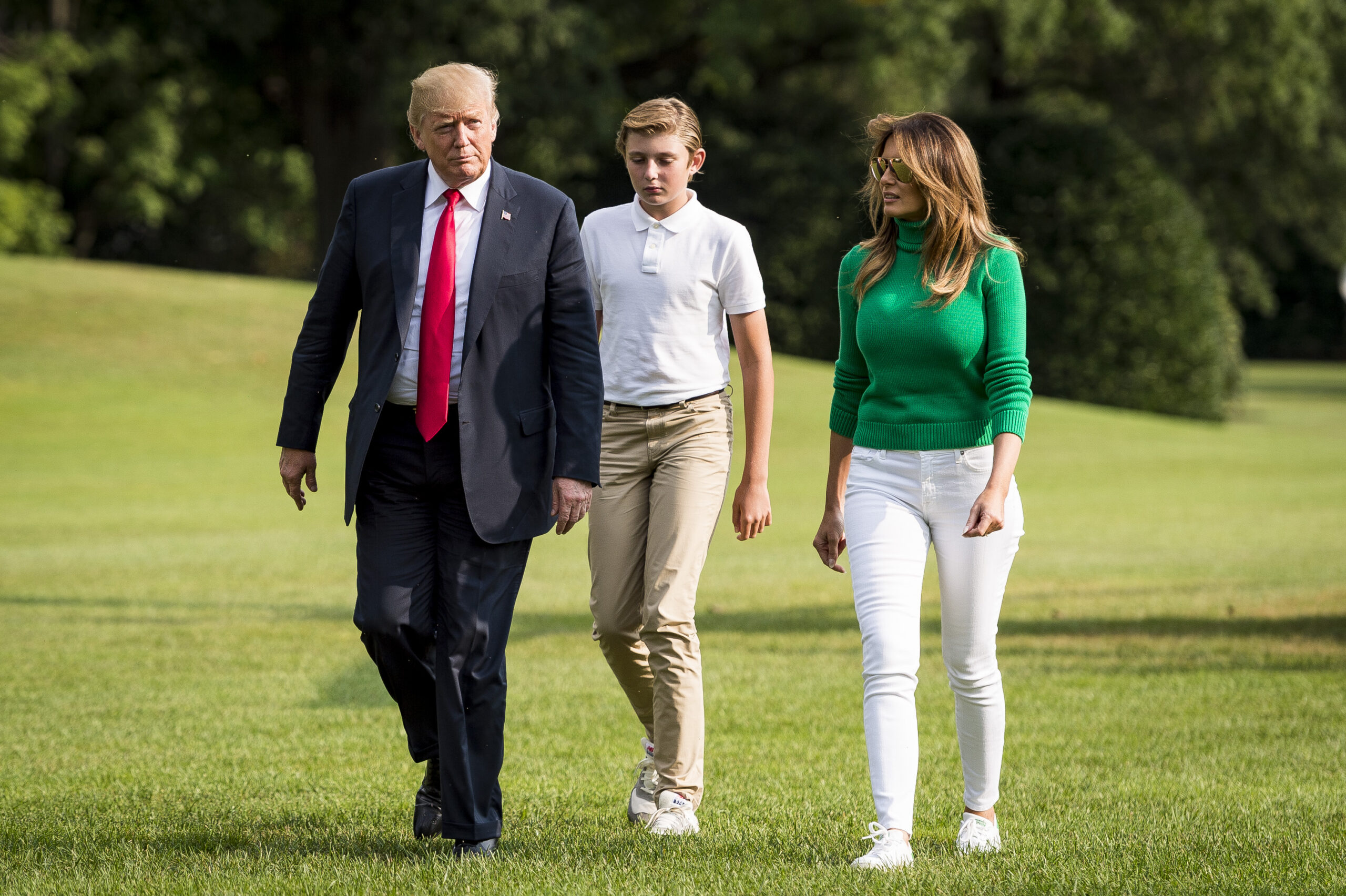Growing up in the relentless glare of the public eye is a challenge few can understand, and for Barron Trump, it has been the backdrop of his entire life. As the youngest son of Donald and Melania Trump, his journey from a child in Trump Tower to a resident of the White House has been meticulously documented. While his life is one of extreme privilege, the constant media scrutiny has undoubtedly shaped his experiences in ways that are not always visible on the surface. Recent analyses of his past behavior have offered a poignant window into the potential pressures of his unique upbringing.
Barron’s childhood and teenage years were marked by his mother’s fierce protectiveness. Melania Trump has consistently acted as a shield, striving to provide him with a sense of normalcy despite their very public status. This was evident when she chose to have him live at Trump Tower during his freshman year of college rather than in a dorm, a decision highlighting her ongoing commitment to his well-being. Even now, as he attends college in Washington D.C. and lives at the White House, sources indicate she remains intensely focused on his safety and happiness, always wanting to know his whereabouts to protect him from potential bullying.

Despite these protective efforts, Barron could not entirely avoid the camera’s lens. Older family photos from his younger years have drawn particular attention from experts who study non-verbal communication. A body language expert, upon reviewing these images, pointed out a recurring and telling detail: Barron was often seen looking down at the floor when photographed with his parents. This subtle gesture, easily overlooked, has been interpreted as a sign of discomfort or a desire to withdraw from the intense public attention he was receiving.
The expert described the observation as both “sad and sweet,” suggesting that it must be incredibly difficult for any young person to navigate such a high-pressure environment. The analysis went further, speculating that the dynamic within the family may have played a role, noting that Donald Trump often appeared focused on himself, potentially leaving little room to help build his son’s confidence in front of the cameras. This interpretation paints a picture of a young man grappling with the demands of a life he did not choose.
This narrative stands in contrast to the more confident young adult seen recently, who smiled and waved to crowds during his father’s political events. This evolution suggests a growing ability to handle public life. However, the earlier images remain a heartfelt reminder of the personal challenges faced by children of famous figures. They serve as a silent testament to the complex reality behind the glamorous facade, where a simple downward glance can speak volumes about the struggle for a private identity in a very public world.


